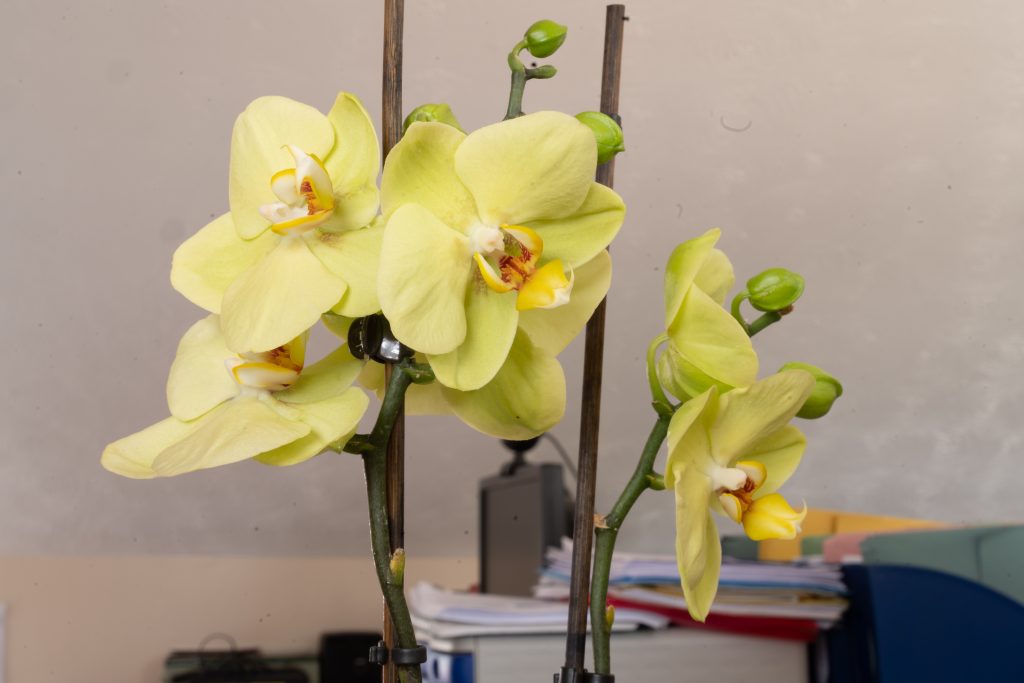The local U3A Photo Group is going to Dyffryn Gardens with a theme of “macro photography” next week, and I offered the suggestion that they might consider purchasing extension tubes to allow them to get closer to their subjects if they didn’t have a macro lens. I’d already decided to purchase the Meike extension tubes (10+16mm pair) to work with my Sony A7r III and so I felt it might be useful to demonstrate what you “might” expect from using the tubes, with the emphasis on the “might” as results can vary a lot depending upon so many factors.
So let’s get them out of the way first.
- Close-up, and macro photography will always produce better results when using a tripod;
- If you’re hand-holding then a faster shutter speed, and/or wider aperture may be required and you may have to increase your ISO setting to get either or both of these;
- Your depth of field will increase with a higher f’number (ie f16) but usually with this type of photography you’ll typically use as wide open an aperture as you can select, as this will provide a nice soft background (often described as bokeh). However, with extension tubes it’s not so easy to get a very sharp images with wide open apertures, so you will have to experiment to get the “sweet spot” for your lens/camera combination.
- Other factors which I’ve forgotten no doubt – please remind me!
So here’s the experiment setup using my 55mm f1.8 lens with my Sony A7r III without the extension tubes …
The camera is placed at the closest point it can focus on the orchid which is 50cm, any closer and it’s impossible to achieve focus.
The results are OK, and with a good camera like this one, you’ve got plenty of pixels to crop into the image, but here it is at native size …
The ISO is set to 200, the aperture is at f1.8 and you can see that although I’ve employed Manual Focus the very shallow area where the flower is in focus means that it’s very difficult to get a really sharp image.
Here’s the same shot using an aperture of f22, and everything is much sharper but you don’t get the soft background. So somewhere in between is the sweet spot for your lens.
Let’s add the extension tubes, you can use one, or two together. They come as a pair of 10mm and and 16mm. So the setup now looks like this …
… hopefully you can see the two extension tubes inserted between the lens and the camera body. The distance between the camera back plane and the subject (the orchid) has been reduced to something like 20cm – I forgot to measure it … sorry!
So using f16 which I’ve judged to be the “sweet spot” for this lens with the extension tubes and this time using Auto Focus (because I wanted to test just how well that worked with the tubes, I got this …
… which is not bad. The lack of soft background doesn’t matter in this case as the flower fills the entire screen.
In a very limited test admittedly, I’m happy with the results and I will be packing them in my camera bag to use with other lens (but especially this one – the 55mm f1.8 as it’s a very “bright” lens – it lets in lots of light) when travelling, and leaving my heavy macro lens at home for use when I know I’m going to do a specific set of shots of macro photography as I would have been doing if I’d been able to be with the group at Dyffryn Gardens.
Update: I was reading a book about my Sony A7r III camera this morning (15/08/2019) and the author said he used Extension Tubes with his 90mm Macro Lens to get even closer to the subject than the 11 inches that is possible with this lens. I must try that!!






